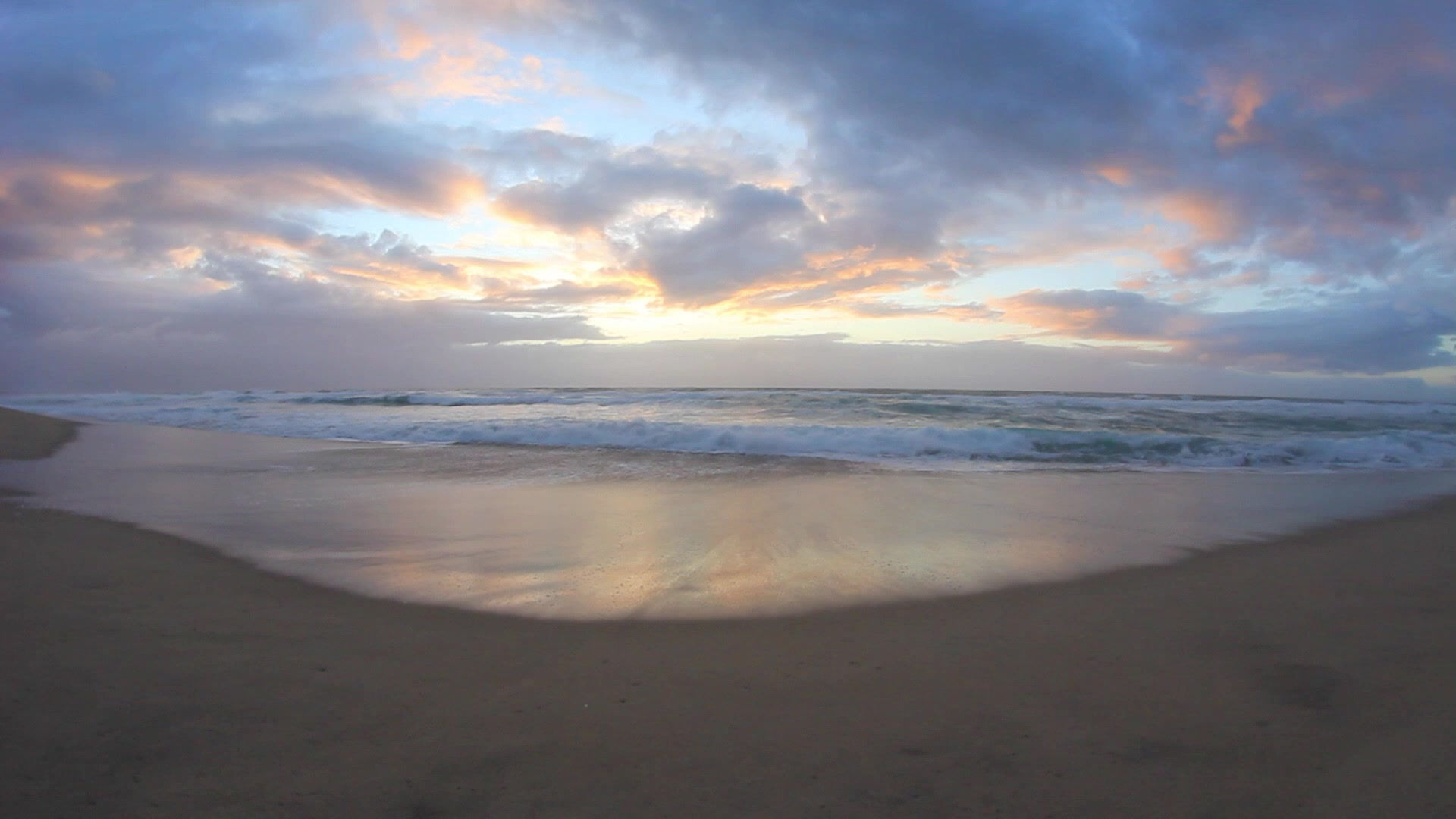
STRATEGIES FOR GOLETA BEACH EROSION CONTROL
Rock Revetment
Rock revetment, also known as the sea wall, is a hard control structure that uses rocks and concretes to create a barrier between waves and land structures. Waves carry and release energy as they approach the coastline. The energy they release is strong enough to eat away rocks, sea cliffs and even land facilities (Keller 10). By building a sea wall, waves are prevented from getting to the land, and energy is deflected and forced back to the ocean without causing any damage to buildings behind the revetment.
El Niño storms are responsible for increased sea level and storm intensity, which leads to an increase in coastal erosion (31). In the last thirty years, damage to the park associated with El Niño events included destruction of an acre of lawn, thirty-four parking spaces, eight picnic sites and other important facilities (“Environmental Impact” 4). Building sea walls is the most direct way to deal with the loss of Goleta Beach facilities. Historically, several seawalls were built in response to the loss of park facilities such as in 2000 and 2002. In February 2000, the Santa Barbara County was permitted to construct a 1000 foot long rock revetment for emergency, which was removed later. Then, due to continued erosion at the west end of the beach in 2002, the county built a 600 feet long rock revetment at that region (Keller 24).
However, hard control structures are usually designed to protect land infrastructures instead of protecting the sandy beach itself. A seawall itself does not absorb energy, but instead it rebounds energy back to the ocean (26). When waves are forced back, they take sands with them and create a narrower and steeper beach in front of the seawall. Mr. Alessio agrees, since, according to him,
“Building a sea wall protects the park facilities by reducing the wave energy that comes in and breaking the energy so that it does not reach the park. However, it actually increases the erosion of the beach. When you build a sea wall you fix the shoreline but in the meantime, you are reducing the beach in front of it, which in turn, is a feedback. If you reduce the beach level and make it steeper, you actually gonna increase the wave energy in front of the shoreline”.
Then Alessio concludes, “It is only a short term solution, because over the long term, you increase the energy and erode the beach anyway, which may never come back” (Alessio). Another concern is that a hard control structure will reduce biodiversity. In the article "Ecological effects of Coastal Armoring on Sandy Beaches", Jennifer E. Dugan, David M. Hubbard, Ivan F. Rodil, David L. Revell and Stephen Schroeter argue that a narrower beach is usually followed by a decrease in biodiversity (160). There are many species, from macroinvertebrates to crabs and turtles, which inhabit the beach and the ocean. The loss of sandy beach in front of the seawall largely destroys their habitats and decreases the population of species. As the beach loses its inhabitants, the number of predators, such as shorebirds, also decreases because of the lack of prey (168). Alessio also has similar concern regarding a fish species Grunion and he explains, “The Grunion comes and spawns on the Goleta Beach from May to July, but if there is no beach they cannot spawn” (Personal Interview). With these disadvantages in mind, we still need to search for more options to deal with Goleta Beach erosion.


